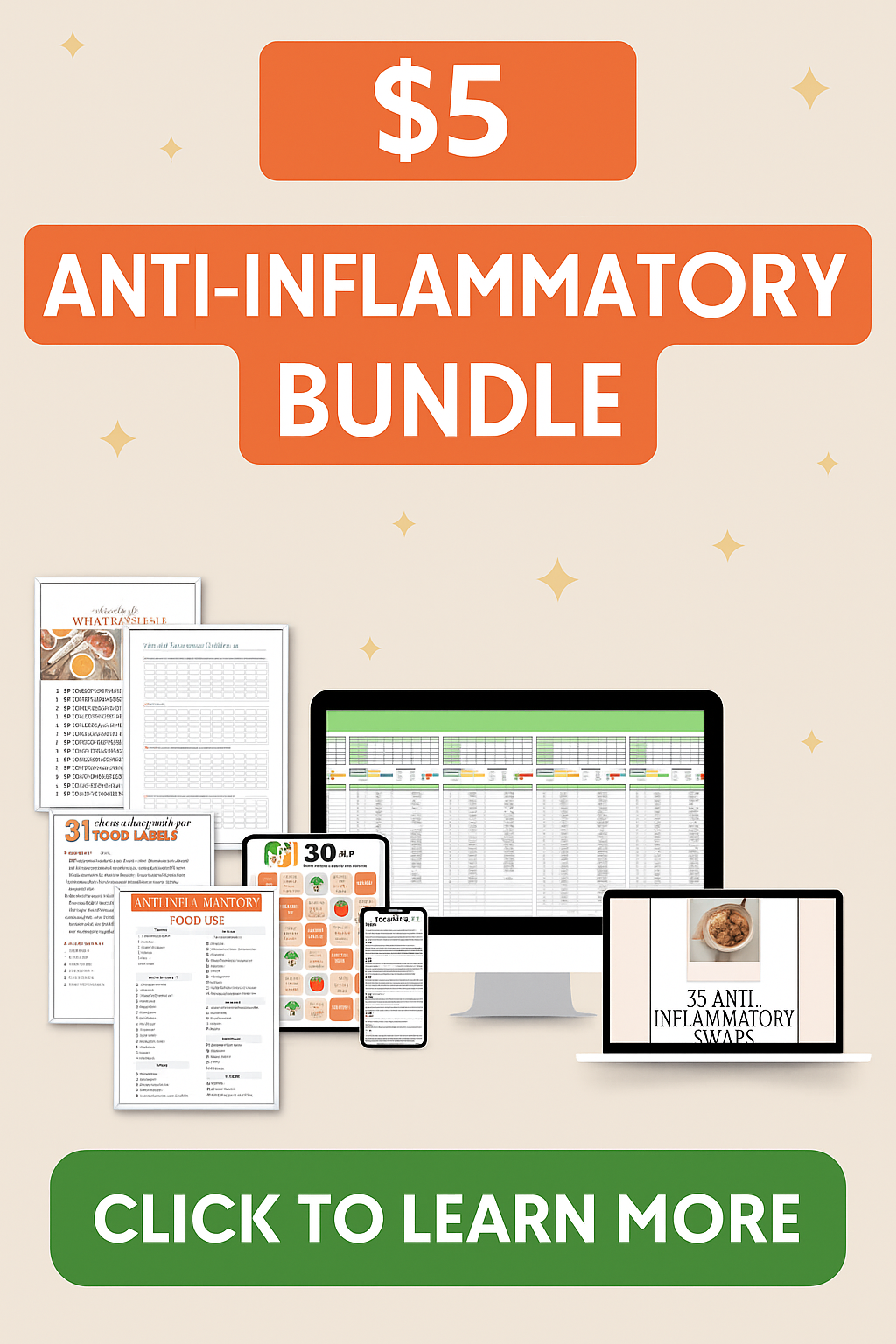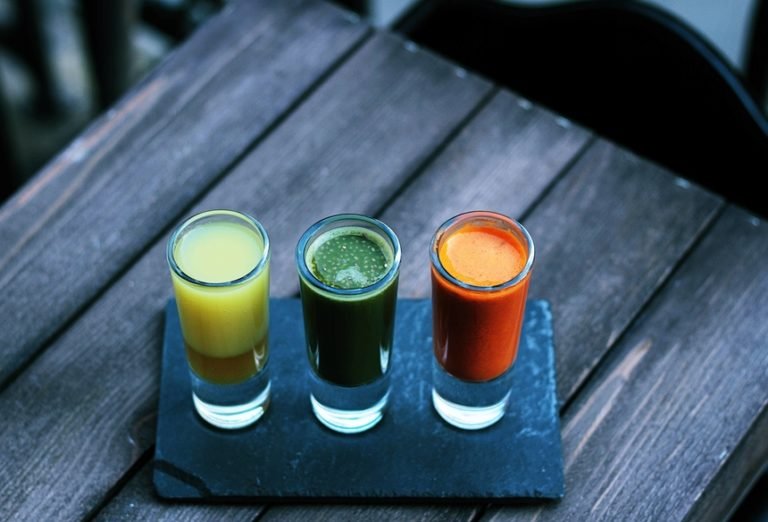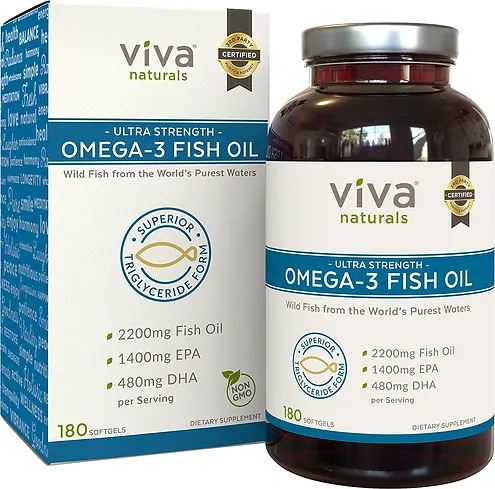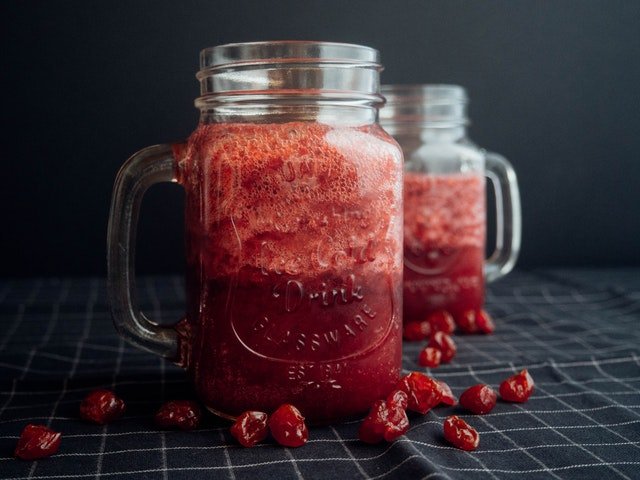What is the best meal plan for weight loss?
Are you wondering what the best meal plan for weight loss is? Dropping a few inches off your waist can seem like an insurmountable challenge. But with a combination of healthy food choices and regular exercise, you can create a successful meal plan to foster a healthy lifestyle change. All it takes is a little know-how and dedication to a healthier you.
How to Create an Effective Meal Plan for Weight Loss
Making a meal plan for weight loss is not an exact science, but there are some guidelines you can use when creating your own plan. First, focus on nutrient-dense foods that are low in energy density. You may also want to focus on unprocessed and slow-acting carbs and proteins. These foods will keep you feeling satiated for longer, preventing you from eating too many empty calories. Make sure to have plenty of fresh vegetables and fruits in your meal plan as well.
It’s also important to keep track of the quantity of food you’re consuming. Aim for portion control when putting together meals. Further, it’s essential to factor in snacks. Without snacking throughout the day, you may become overly hungry and succumb to unhealthy cravings. So, be sure to factor snacks into your meal plan using healthy options such as nuts and trail mixes.
In addition to snacks, it’s important to include a variety of foods in your meal plan. Eating the same foods every day can lead to boredom and cravings. Aim to include a variety of proteins, carbohydrates, and fats in your meals. This will help to ensure that you are getting all the essential nutrients your body needs to stay healthy and energized.
Nutrients Necessary for Weight Loss

When planning meals for weight loss, it’s important to understand which nutrients the body needs. Protein is an essential nutrient for weight loss because it helps build muscle, thus increasing your metabolic rate and burning more calories while at rest. Carbohydrates are important as they provide energy which your body needs; try to focus on complex carbs like sweet potatoes, quinoa, and brown rice.
Fiber-rich foods are also important for weight loss as they help keep you feeling satiated for longer. They are also great for promoting digestion, which can help you experience less bloating over time. Healthy fats are an important source of energy, so include fatty fish, olive oil, avocados, and nuts.
It’s also important to stay hydrated when trying to lose weight. Drinking plenty of water helps to keep your body functioning optimally and can help to reduce cravings. Additionally, adding in some herbal teas can help to boost your metabolism and provide additional health benefits.
Benefits of Eating Less and Weighing Less
Eating less and weighing less has a lot of benefits that go far beyond aesthetics. For example, maintaining a healthy body weight can help improve heart health as well as reduce the risk of developing type 2 diabetes. Additionally, having a balanced meal plan helps increase energy levels and improve mental clarity.
Furthermore, eating less and weighing less can also help reduce the risk of certain types of cancer, such as breast cancer and colon cancer. Additionally, it can help reduce the risk of developing high blood pressure, stroke, and other cardiovascular diseases. Finally, it can also help improve overall physical and mental wellbeing, as well as reduce stress levels.
Strategies for Making Healthy Food Choices
When creating a meal plan for weight loss, it’s important to practice mindful eating habits. Try to emphasize whole, natural foods that can be prepared without adding unnecessary amounts of sugar, salt, or oil. Small tweaks like baking instead of frying can go a long way — it will also prevent fat from accumulating on your body. You should also avoid ready-made meals and snacks as often as possible; several ingredients may be used in these products that are unhealthy for you.
In addition to avoiding processed foods, it’s important to pay attention to portion sizes. Eating too much of even the healthiest foods can lead to weight gain. Try to measure out your portions and stick to the recommended serving sizes. Eating slowly and mindfully can also help you to recognize when you are full and prevent overeating.
Tips for Sticking to a Weight Loss Meal Plan
Changing your diet is not easy, so here are some tips that can help you stay on track and attain your goals. First, it may help to plan meals and snacks for several days in advance so that you have healthy food options available at all times. You should also try to build satisfaction into each meal by ensuring that each is full of color and nutrients; using different produce and herbs can give variety and flavor to meals.
You could also consider prepping meals ahead of time at the beginning of the week and keeping them frozen or refrigerated. Incorporating healthy alternatives such as zoodles instead of traditional pasta can prevent cravings and binge eating. Finally, make sure to give yourself a break every now and then; it’s ok to indulge once in a while, but keep the portions small.
In addition, it can be helpful to keep healthy snacks on hand for when hunger strikes. This can help you avoid reaching for unhealthy snacks that can derail your progress. You can also try to find healthy recipes that you enjoy, as this can make it easier to stick to your meal plan. Finally, don’t forget to stay hydrated; drinking plenty of water throughout the day can help you feel full and energized.
Foods to Avoid During a Weight Loss Meal Plan
If you’re looking for the best meal plan for weight loss, there are certain foods you should try to avoid. These are foods that are typically high in calories but low in nutritional value — such as fast food, candy, processed snacks or sweets, sugary beverages like sodas or juices, processed meats like bacon or hot dogs, and deep-fried foods.
Healthy Snacks for Weight Loss
Snacking is an important element in any successful weight loss program. To make sure you’re having snacks that support your goals, pick options that are high in fiber or protein — such as unsalted nuts or seeds, fresh or dried fruit, yogurt with berries, hard boiled eggs, or hummus with vegetables. Boiled edamame is another great choice because it’s high in both protein and fiber.
The Role of Exercise in a Weight Loss Meal Plan
In addition to eating healthier foods and watching portion sizes, regular exercise is also essential when designing a weight loss plan. Exercise helps burn off any extra calories that may be consumed during meals or snacks — and it also increases metabolic rate which can further aid in weight loss. Try to incorporate resistance training into your routine as it helps build muscle mass and burn more fat.
Supplements That May Help with Weight Loss
Taking the right supplements may further aid in attaining weight loss goals. For example, green tea extract contains catechins which have been linked to elevated metabolic rate. Protein powders such as whey protein can help increase satiety levels while providing essential nutrients.
B-vitamins may also help with metabolism while probiotics are beneficial for gut health. If your diet is low in certain nutrients due to the restriction required for weight loss, consider supplementing with multivitamins so that your body gets all the essential nutrients it needs.
By following these simple yet effective tips for creating an effective meal plan for weight loss and combining them with regular exercise and mindful eating habits, you can make a positive long-term lifestyle change.





